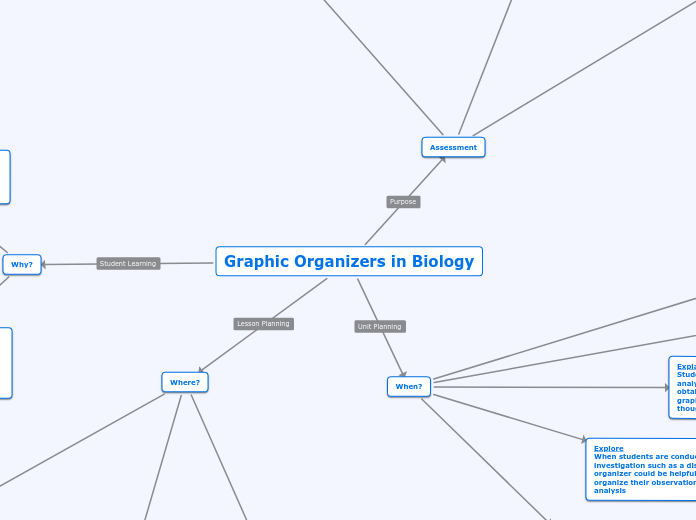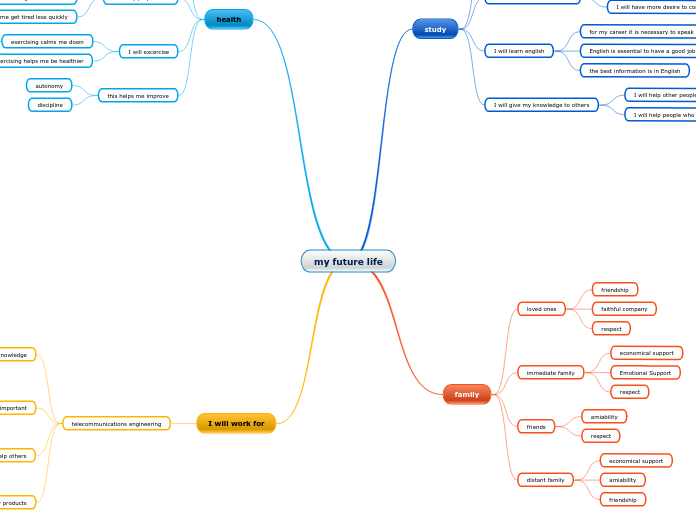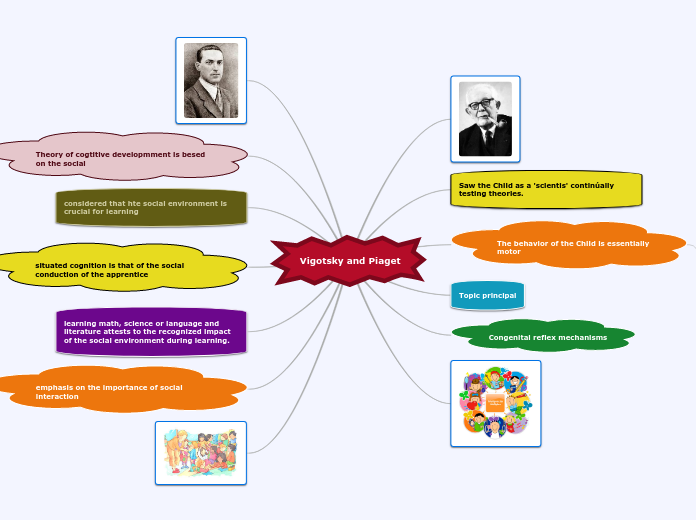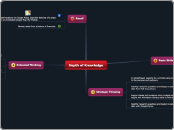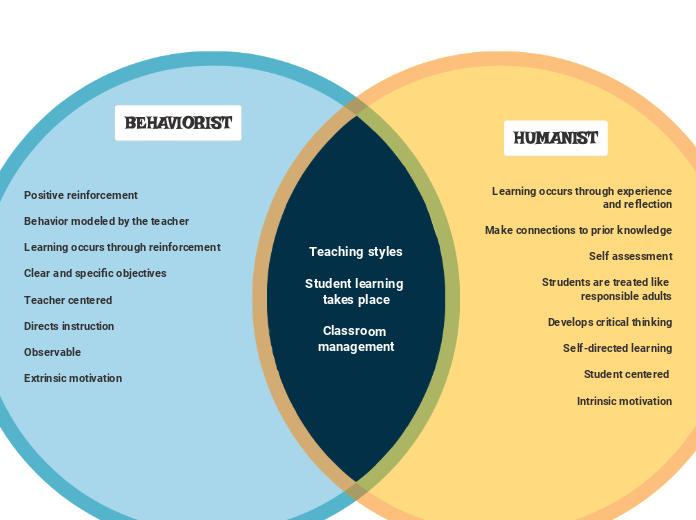por Simon Chiang hace 5 años
529
Graphic Organizers in Biology
Graphic organizers in biology education serve multiple purposes, enhancing learning and comprehension through structured visual aids. They can be utilized at various stages of a lesson to consolidate knowledge, facilitate activities, and activate prior understanding.
